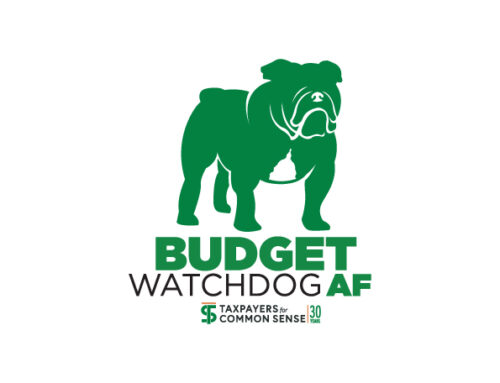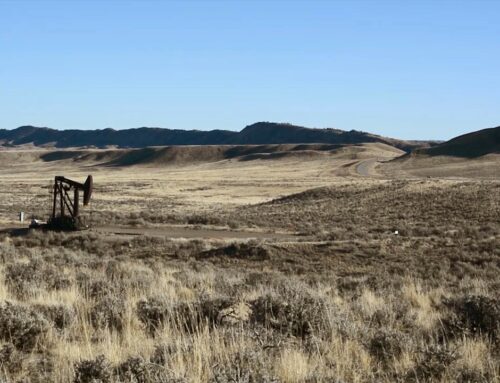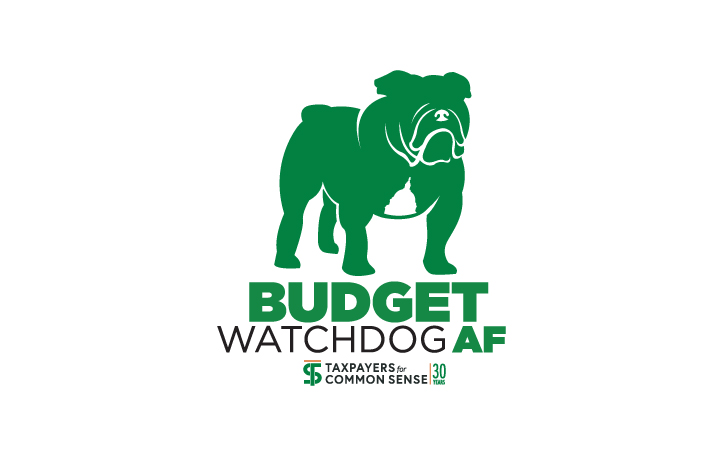Even in the midst of a shutdown, the government is still spending money. Since the start of the fiscal year the debt has grown by $183 billion. And, it should come as no surprise that at TCS, we believe budgeting and spending must be based on evidence the public can see. Taxpayers deserve access to the data and analysis behind federal spending decisions. Without that transparency, there’s no way to judge whether programs are effective, efficient, or even necessary.
That’s why the federal government’s recent retreat from public data is so concerning. Across agencies, key databases are disappearing. First, information about where the money is going disappeared—the Office of Management and Budget was forced to restore its “apportionment” data site only after losing a lawsuit. But now, in many cases, we can’t tell whether that spending is achieving its goals. The Environmental Protection Agency’s plan to eliminate the Greenhouse Gas Reporting Program is one of the clearest examples.
For more than a decade, this program has shown where greenhouse gases come from, how much is emitted, and by whom. Every refinery, steel mill, and power plant large enough to produce emissions above a certain threshold must report those emissions, creating the most comprehensive picture of industrial pollution in the United States. Those data aren’t just for scientists—they’re how taxpayers and policymakers verify whether costly subsidies like the 45Q tax credit for carbon capture and 45V hydrogen production tax credit are rewarded accurately with verifiable data.
At nearly the same time the One Big Beautiful Bill Act (OBBBA) super-sized 45Q—adding billions in expanded tax breaks for companies that promise to store carbon—the EPA moved to scrap the very program that allows the public to track whether those subsidies work. In our comments to the agency, TCS warned that repealing the rule would cripple oversight, making it nearly impossible to confirm that billions in taxpayer dollars are actually reducing emissions. The EPA claims the rule is too burdensome and that emissions data might expose “confidential business data.” In practice, it’s an attempt to engineer ignorance.
But the Greenhouse Gas Reporting Program is not the only public record going dark. Across the government, datasets that form the factual backbone of major programs are disappearing just as Congress and the Administration advance cuts and policy shifts that may benefit from less scrutiny.
The USDA’s Food Security Supplement to the Current Population Survey was abruptly cancelled this fall, supposedly because other surveys made it redundant. In reality, it was the only consistent national measure of household food insecurity, tracking how hunger changes with economic conditions and federal nutrition benefits. Researchers, anti-hunger groups, and state agencies relied on it for decades. Its disappearance comes just as controversial reforms to SNAP—work requirements, shared state costs, and administrative updates—begin to take effect. Those changes were pitched as ways to improve efficiency and reduce error rates, goals that depend on reliable data to verify results. Eliminating the survey makes it harder to measure whether those reforms are improving results or … not.
The same thing is happening in disaster policy. NOAA’s Billion-Dollar Disasters database, once a routine accounting of the growing costs of extreme weather, was discontinued under the banner of “evolving priorities.” That database documented the fiscal reality of climate change more clearly than any report could. It showed an ever-rising tally of storms, fires, floods, and droughts that each caused more than a billion dollars in damage. Lawmakers cited it in hearings on FEMA reform. Insurers and state budget officers used it to plan for escalating recovery costs. Ending it now means there is no authoritative federal count of disaster losses just as Congress debates cutting resilience and mitigation funding. Get rid of the data that make a problem visible, then claim the problem is smaller than people think.
Even FEMA’s own planning tools have been pulled back. The agency’s Future Risk Index—a public map showing where disasters are most likely to strike—was taken offline earlier this year. Officials said the model caused unnecessary alarm. In fact, it did the opposite: it helped target limited mitigation dollars where they’d do the most good. Its removal comes just as Congress considers bills that would tighten FEMA eligibility and push more recovery costs onto states. Without a clear picture of risk, there’s no way to ensure disaster spending is focused where it’s most effective.
And at the Pentagon, spending plans that are normally available to the public have been swept under the blanket of classification. After Congress passed OBBBA with $156 billion for the Pentagon, lawmakers submitted funding tables to indicate congressional intent and asked the Department for detailed spending plans. The Pentagon responded with plans covering $90 billion of those funds, but then classified them in full.
Of course, there are some defense plans that warrant secrecy, but these do not. Ordinarily, classified elements are clearly marked within an otherwise public budget and submitted in separate annexes. The decision to classify entire plans breaks that precedent and leaves taxpayers in the dark about how billions are being spent on unclassified projects and programs.
Troublingly, the move comes on the heels of a new Pentagon policy forcing journalists who work inside the building to sign a pledge saying they won’t share any unapproved information—or hand in their press badges. Nearly every news outlet – from Fox News on the right to the New York Times on the left – refused and turned in their badges.
When agencies and the public lose the tools to measure risk, track outcomes, or evaluate programs, waste doesn’t shrink—it just gets harder to see and likely grows. Behind the jargon about “streamlining” and “redundancy” is a governing philosophy that treats information as expendable, or even as a political liability. When data show hunger climbing after food-aid cuts, or emissions rising after deregulation, or disaster costs soaring after resilience budgets shrink, the simplest way to avoid accountability or policy change is to stop collecting the evidence. Smarter spending depends on good information and the willingness to act on it, not on pretending problems disappear when the data do.
Transparency is not some abstract ideal, it’s a basic condition of evidence-based budgeting. So, what does it say when policymakers move in the opposite direction—treating evidence as a threat?
- Photo by João Ferrão on Unsplash










